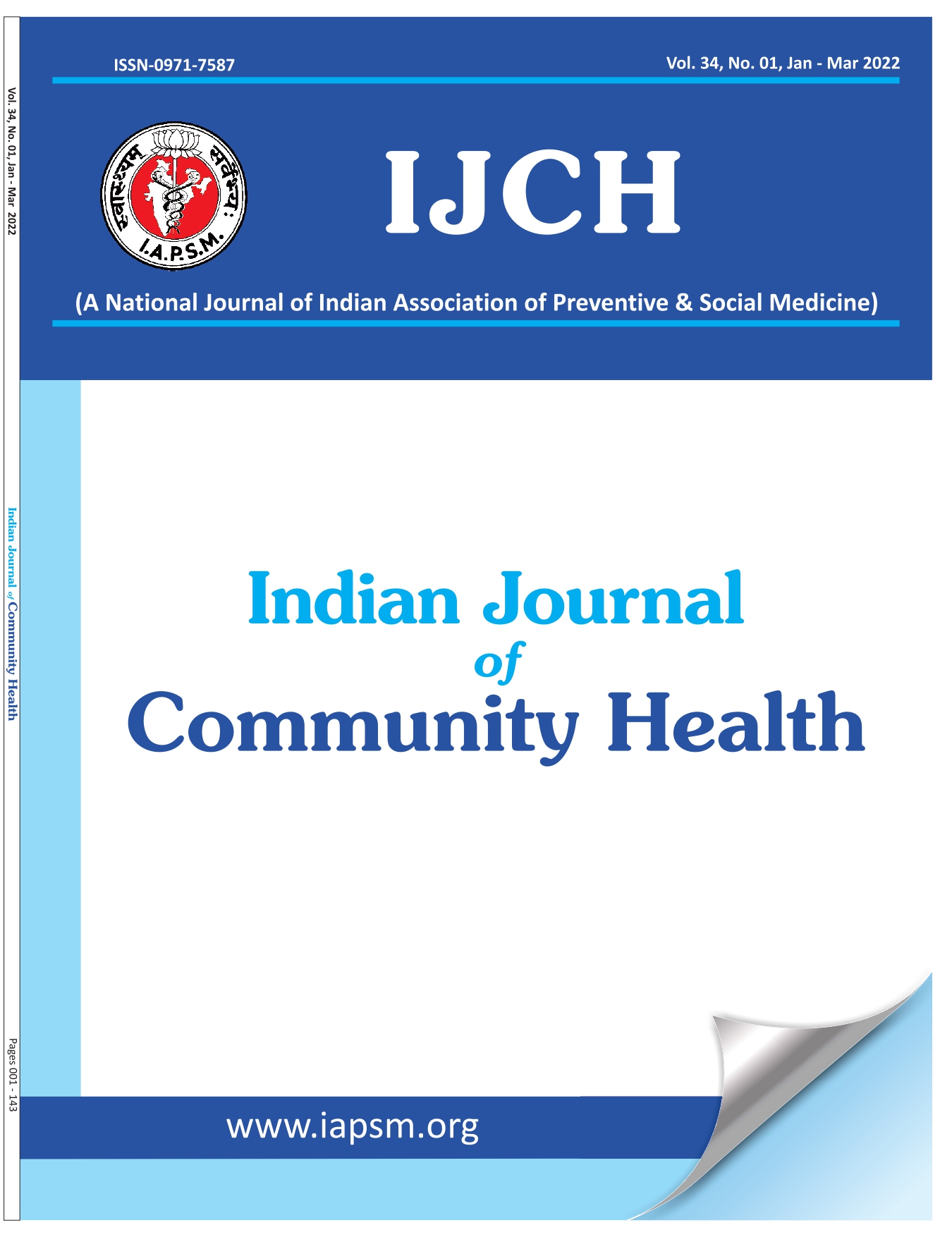Factors affecting unmet need for family planning in married women of reproductive age group in urban slums of Lucknow
Abstract
Background: Unmet need for family planning signifies the gap between the reproductive intentions of couples and their actual contraceptive behaviour. The National Family Health Surveys carried out in India in 1992-93, 1998-99 and 2004-2005 have revealed that for a sizable proportion of the population in the reproductive age group, the need for contraceptive services are not met with despite the existence of a National Policy on family planning since 1983. This study was carried out to assess the extent of unmet need for family planning among married women of reproductive age group in urban slums of Lucknow and identify the various factors affecting it. Study design: Cross sectional Setting: four urban slums of Lucknow Participants: 414 married women in the age group of 15- 44 years Study variables: age, education, occupation, religion, parity Statistical analysis: chi- square test, logistic regression analysis, fisher’s exact test Results: the extent of unmet need among married women of reproductive age group was 53.1%. The unmet need was found to be significantly associated with age, number of living sons, discussion of family planning with husband, perception of husband’s view on family planning and husbands’ behaviour towards use of family planning method. Logistic regression analysis of unmet need showed that the lower age of the woman, lesser number of living sons and husband’s discouragement towards the use of FP method were correlated with the unmet need for Family Planning.





